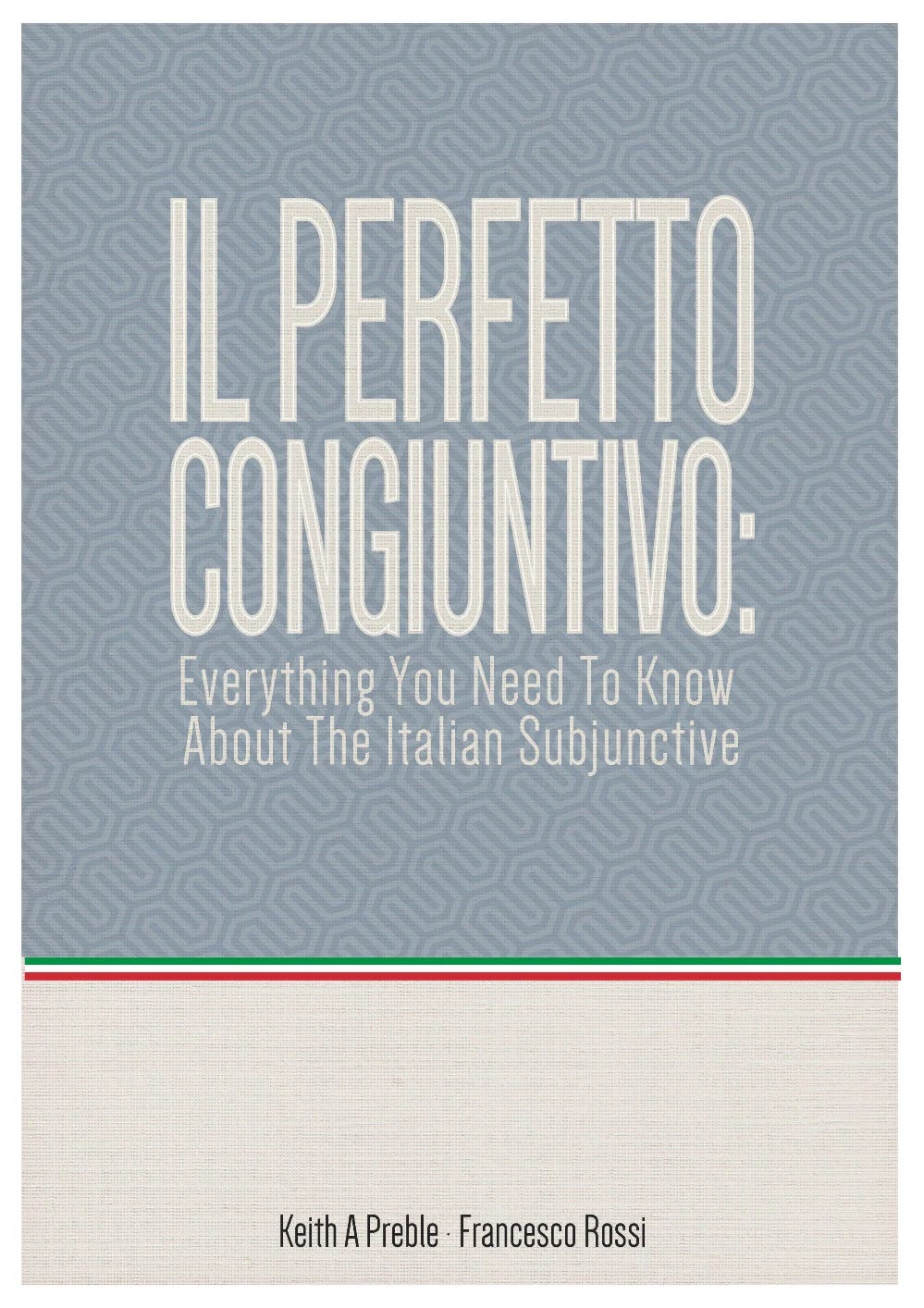Il congiuntivo (I)
Grammatica Centrale: Understanding and using the subjunctive
The subjunctive (il congiuntivo) is not a tense but a mood (un modo).
If you are learning Italian, you will at some point need to learn the subjunctive.
As a mood, the subjunctive (or il congiuntivo) is used to convey doubt, impossibility, and opinions. In English, we sort of walk around the subjunctive, but it’s common when we want to convey hypotheticals:
If I were taller, I could have been a basketball player.
As I’ve already grown up, I’m not likely to get taller, so my statement is an expression of something that might have happened had I grown another few inches in height. In English, the use of the subjunctive conveys formality.
In Italian, the use of the subjunctive is more common (although some linguists claim it is dying). Over the next couple of weeks, I’ll profile some important things to know about the subjunctive.
For non-native speakers, the easiest way to approach learning this mood is to know and recognize verbs and expressions that require it, such as the following verbs:
avere paura (di) to be afraid (of)
crèdere1 to believe
desiderare to desire, to want
immaginare to imagine
pensare to think
preferire to prefer
sperare to hope
temere to fear
volere to want
Here are some examples:
Voglio che tu2 non mi dica bugie!
I don’t want you to lie to me!
Literally: I don’t want that you lie to me.
Speriamo che non sia un problema per voi.
I hope it’s not a problem for you.
We also wrote a language guide for the subjunctive! It’s available on Amazon.com, Lulu.com as well as an ebook PDF here.
Remember in a previous post, we talked about how verbs ending in -ere have their stress either in the stem or the suffix. This verb has the stress in the stem.
Note the use of the subject pronoun! In our upcoming language guide on pronouns, the subject pronoun is often used in the subjunctive to avoid ambiguity since all the verb forms are the same in the singular forms.


